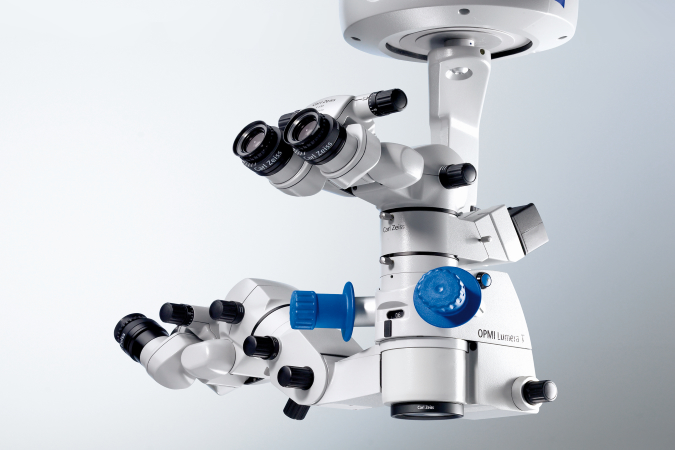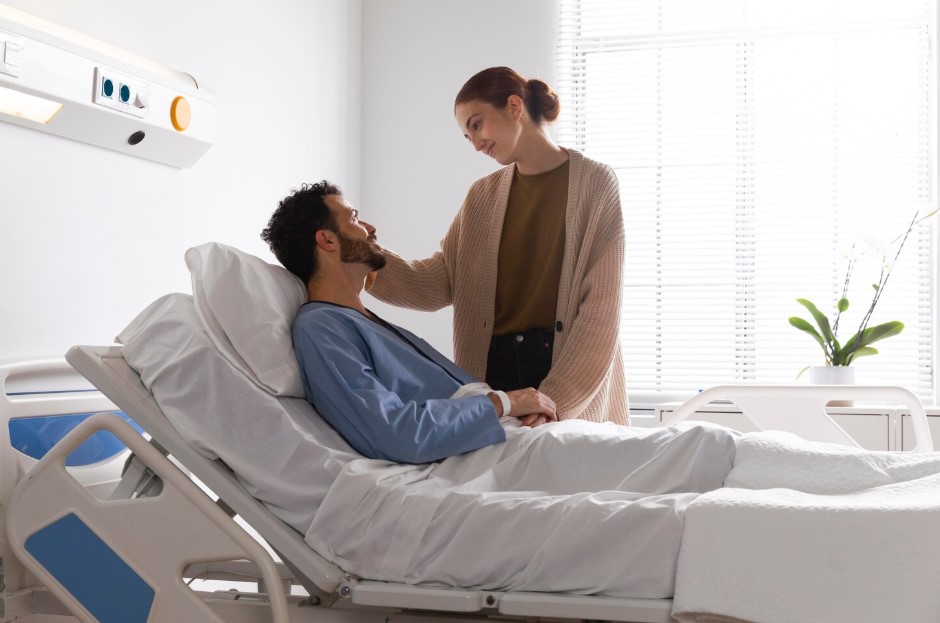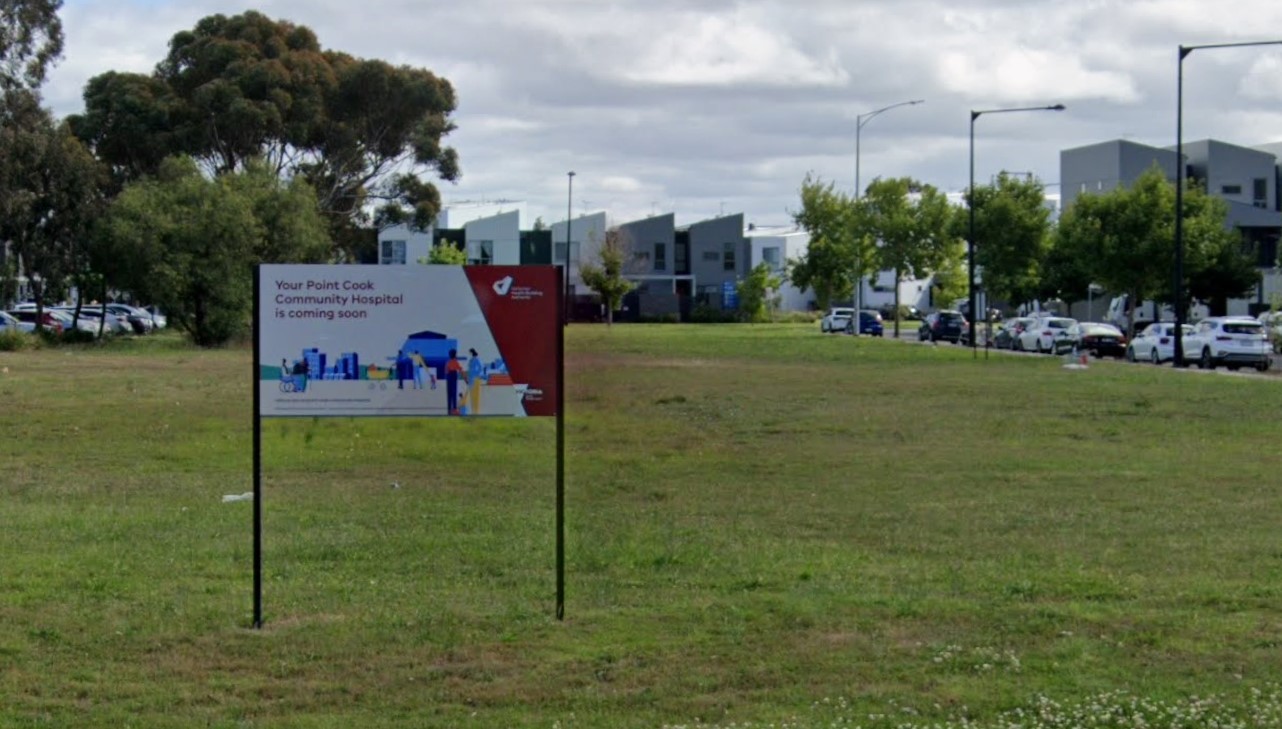12
Nov 2019
New technology in sight
Published in General on November 12, 2019

Towards the end of 2018, Ms. Jenny Evans started to notice a mysterious fog which caused her to lose half her vision.
“It was quite traumatic. it became difficult to drive or even do household chores. It was like a fog and eventually my sight got worse, “she said.
Fortunately for Ms. Evans, she was one of the first few patients who got to try the new surgical microscope which is worth $500,000 at Epworth Freemasons. This outstanding piece of technology is a generous donation from Epworth Medical Foundation. What makes this Lumera 700 special is that this apparatus allows the operating surgeon to perform more precise microscopic repairs thanks to its cellular view feature.
“In real-time, it enables me to see things in real-time that I cannot see with my own eyes,” said Dr. Ojaimi who was the attending surgeon of Ms. Evans.
He was able to dramatically improve the macular tear at Ms. Evans eyes and restored the condition of her eyesight.
“Her sight was actually back to over 100 percent vision,” Dr. Ojaimi said.
“It was amazing the difference after the surgery, I had my eyesight back, if not even better than before. The medical team was remarkable. If anyone is thinking about the operation then come and make an appointment – anything is possible,” Ms. Jenny Evans said.
This life-changing technology helped Ms. Evans return to her daily tasks such as driving and looking after her grandchildren.









